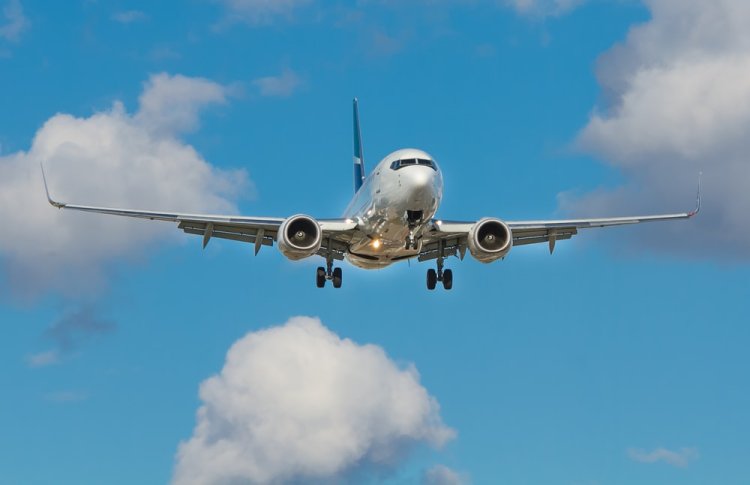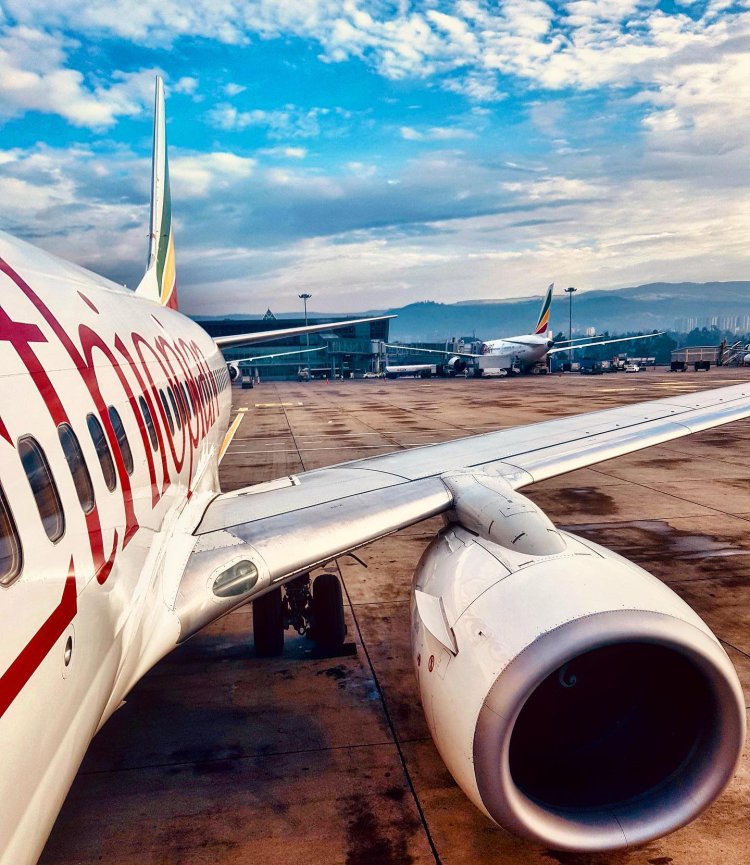2 Pilots Who Fell Asleep Mid-Flight Punished
The duo were flying a Boeing 737-800 at 37,000 feet when they fell asleep during the flight.

Ethiopian Airlines has suspended two pilots who operated Flight 343 from Khartoum International Airport in Sudan to Bole International Airport in Ethiopia after they fell asleep mid-flight on the morning of Monday, August 15.
The Nation reported on Sunday, August 21 that an airline official confirmed the suspension, adding that the airline was paving way for investigations into the matter.
The duo were flying a Boeing 737-800 at 37,000 feet when they fell asleep during the flight.
Ethiopian Airlines indicated that the flight had lost communication with Addis Ababa Air Traffic Control on Monday but was later restored, at which the flight landed at Bole safely.

An Ethiopian Airlines plane at an airport. /ETHIOPIAN AIRLINES
"The flight later landed safely after communication was restored. The concerned crew have been removed from operations pending further investigation.
"Appropriate corrective action will be taken based on the outcome of the investigation. Safety has always been and will continue to be our first priority,” the statement from Ethiopian Airlines read in part.
The statement however did not divulge the reports that the pilots had fallen asleep in the middle of the flight.
Concerns immediately surfaced after the aircraft, on approaching its destination, had passed its point of descent, with the pilots not engaging the necessary protocols prior to landing.
It was the disconnect alarm on its autopilot system that awoke the pilots who realised that they had flown over the intended runway.
The pilots had managed to guide the aircraft and land safely on the runway after 25 minutes. Luckily, none of the passengers was harmed.
“The aircraft continued past the top of descent maintaining FL370 and continued along the flight management computer route set up for an approach to runway 25L without descending, however.
“Air traffic control tried to contact the crew numerous times without success. After overflying runway 25L at FL370 the autopilot disconnected, the disconnect wailer woke the crew up who then manoeuvred the aircraft for a safe landing on runway 25L about 25 minutes after overflying the runway at FL370,” read an excerpt of the report as seen by Aviation Herald.
Flight tracking data from Flight Aware, an international aviation surveillance system, which was obtained by Viral Tea, showed that the plane had taken off from Khartoum safely and approached Addis when it suddenly went into a number 8-shaped loop before it landed at Bole.
Alex Macheras, an aviation analyst, indicated that the error may have been caused by pilot exhaustion, adding to the deepening concerns of pilots experiencing fatigue in the industry.
"Pilot fatigue is nothing new, and continues to pose one of the most significant threats to air safety - internationally," Macheras stated.
The International Civil Aviation Organization (ICAO) defines fatigue as "A physiological state of reduced mental or physical performance capability resulting from sleep loss or extended wakefulness, circadian phase, or workload." The phenomenon places a great risk on the crew and passengers of an aeroplane because it significantly increases the chance of pilot error.
Watch the flight path of Ethiopian Airlines Flight 343 whereby 2 pilots fell asleep before landing pic.twitter.com/9feFYC1Az5 — Marvin Chege (@marvin_chege10) August 19, 2022
Fatigue is particularly prevalent among pilots because of "unpredictable work hours, long duty periods, circadian disruption, and insufficient sleep".
These factors can occur together to produce a combination of sleep deprivation, circadian rhythm effects, and 'time-on task' fatigue.

 admin
admin 




